電動化に向けて(前編)
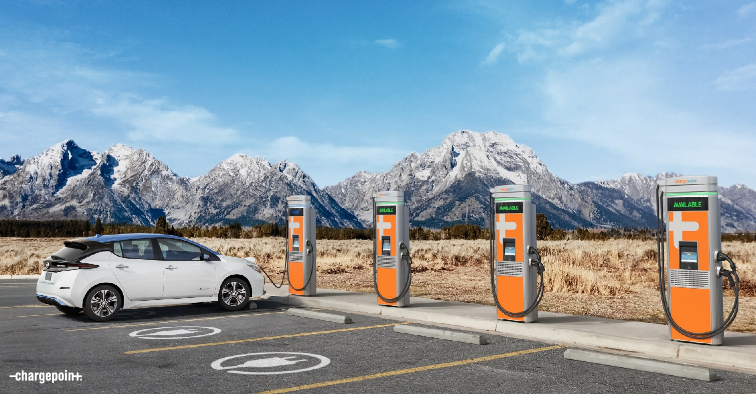
EV充電ステーションリソースガイド
社会が化石燃料から脱却し、完全電化の道へと急ピッチでシフトしていく中で、パズルの重要なピースとなるのは、クリーンエネルギー・インフラへのアクセスを拡大・改善することである。
文化施設は、EV充電ステーションという形で市民にクリーンな「グリーン」電力を提供する上で大きな役割を果たすことができる。充電ステーションのポートが増えれば、地球上の枯渇しつつある化石燃料への依存が減り、それに伴う排出量も削減される。
しかし、キャンパス内にEV充電容量を追加・拡大することは、無数の選択肢を考慮すると圧倒されることがあります。最近、アメリカ公共庭園協会(APGA)の掲示板で、文化施設のEV充電ステーションに関する質問が相次いだ:
- 貴施設は、公共用にEV充電ステーションを増設した経験がありますか?
- もしそうなら、あなたの組織は一般利用に対して料金を請求しますか、寄付を求めますか(QRコードを通じて、または直接訪問して)、あるいは無償での利用を許可しますか?
- 補助金および/またはその他のクリーンエネルギー資金調達手段は確保されたか?
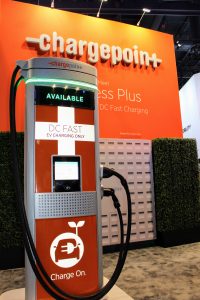
Climate Toolkitは、このトピックをさらに深く掘り下げ、いくつかのパートナー組織のスタッフと相談し、資金調達の道筋について調査を行いました。その結果、機関内でクリーンエネルギー事業を拡大するための生きた文書であり、技術的なリソースガイドとなりました。
充電ステーションのレベル:
現在市販されているEV充電ステーションには3つのレベルがある: レベル1, レベル2そして レベル3 (としても知られている。 DC急速充電 または スーパーチャージング).
- レベル1一般的な120ボルトの家庭用コンセントを使用するレベル1充電は、バッテリーの小さいプラグイン・ハイブリッド電気自動車に最適です。しかし、レベル1はEVを充電する最も遅い方法であり、EVの日常的な充電ニーズには不十分である可能性が高い。
- レベル2日常的なEV充電に最も広く使用されているレベル2充電は、240ボルトの接続を利用し、レベル1の約7~10倍の速さでEVを充電する。レベル2充電器は、1時間あたり最大80マイルの走行距離を補充することが可能で、公共施設や公共機関での充電ニーズに適している。充電器のコストと設置は通常、ステーションあたり$500~$2000の範囲である。
- レベル3DC急速充電やスーパーチャージングとして知られるレベル3は、最も高速で最も高価なEV充電である。レベル3は、交流(AC)とは対照的に直流(DC)を使用し、400~900ボルトの接続を利用する。DC急速充電器とスーパーチャージャーは、3~20マイルのEV走行距離を補充することができる。 毎分 数万ドルの投資費用がかかる。
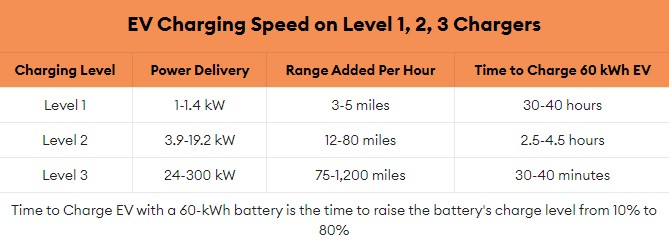
EV充電拡張プロジェクト:
- デューク・ファームズ にはレベル2のチャージポイント・ステーションが2基ある。現在、2基を設置している。 DC急速充電器 (150kw)とレベル2充電器6基を追加した。デュークファームが使用しているのは シェル・リチャージ・ソリューション 新しい充電ステーションは4月末までにすべて稼働する予定だ。新しいDCFCとレベル2充電器は、部分的に補助金によって支えられている。主な助成金の1つ($200k)は フォルクスワーゲン・ディーゼル排ガス和解案 ニュージャージー州環境保護局によるもの。準備費用とレベル2充電器($65k)のためのもうひとつの助成金は、地元の電力会社であるPSEGからのものだ。デュークファームのEV充電器はすべて、キャンパス内のソーラーアレイから電力を供給される電気回路上にある。年末までには、この回路は新しいアレイに取り付けられたバッテリー蓄電システムによって夜間に電力が供給される予定だ。ビデオはこちら 合計100%の緑色の電子!
- フィップス・コンサーバトリー は、新たに4基のデュアル(2プラグ)レベル2EV充電ステーションを設置し、キャンパス内のEVプラグの総数は11基となる。この拡張プロジェクトのうち40%(または$6万円)までは、地元の電力会社とDEPのコミュニティ補助金で賄われる。 デュケイン・ライト・カンパニー (DLC)-送電網とフィップスの電線管接続までのすべての費用を含む。追加プロジェクト資金は PAを前進させる - フォルクスワーゲン・ディーゼル・エミッション環境緩和信託を通じて運営されるDEPクリーン・エネルギー・プログラム。現時点では、すべてのEVステーションは、スタッフ、理事会メンバー、ボランティアにとって無料である。新しいEVステーションにはソフトウェアが含まれ、これによりフィップスは初めてエネルギー使用量をモニターできるようになる。新しいEVステーションは、週末には有料で一般に開放される。フィップスのレベル2充電器の最大出力は約7kWで、1時間の充電で約30~35マイルの航続距離を追加できる計算になる。EVの充電は自宅で行うことが多いため、外出先での充電に便利だ。
- の代表者である。 気候ツールキット施設リストサーブ 探検することを勧める チャージポイント, 未来のエネルギー, EVCコネクトそして EVユナイテッド その他の充電ステーションに関する資料やコンサルティング・サービスについては、こちらをご覧ください。
公共の場での使用は有料:
- モートン樹木園 は数年前からメインの来園者用駐車場に無料の充電ステーションを設置しており、2022年秋にはさらに3つの駐車場に充電器を追加したばかりだ。モートンは、一般利用者に料金を請求していない。彼らは、人々が樹木園を訪れるために料金を支払っているため、それをアメニティと考えているのだ。
- デューク・ファームズ 現在、レベル2充電器には最初の4時間、1kWhあたり$0.12が課金されている。4時間経過後は、スポットを回転させるインセンティブとして、1時間あたり$5の駐車料金を徴収している。デュークファームは当初、充電器を無料で提供していたが、カーディーラーがスペースを独占し、時には夜通し駐車することもあった。デュークファームはDCFCの料金をかなり高く設定する予定で、現在エネルギーコンサルタントと価格設定モデルを検討中だ。インセンティブとして、デュークファームは充電アプリを通じて従業員やボランティアに無料アクセスを許可している。
- デンバー植物園 は、レベル2のデュアルポート・ステーションを2基設置し、公共用に充電する予定である。デンバー植物園でも、職員が無料で利用できる内部用のEV充電ステーションを設置しており、現在助成金の申請手続き中である。
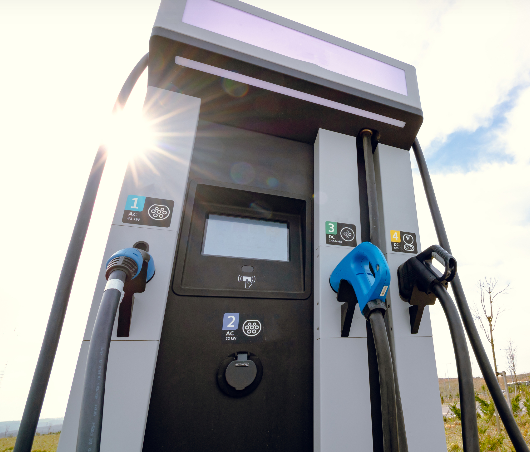
資金調達の手段:
以下の資金提供の機会は、米国の研究機関を対象としています。米国外の機関については、お住まいの地域での機会をお知らせください!
フォルクスワーゲン・ディーゼル和解案 フォルクスワーゲン・ディーゼル排出ガス環境緩和信託
2015年にフォルクスワーゲンが排ガス規制を回避していたことが発覚したことを覚えているだろうか?その結果、多額のクリーンエネルギー資金(全国で$147億円フォルクスワーゲンのディーゼル車排ガスに関する和解案。米国の各州にはこのプログラムの部門がある。資金は各州の環境保護局に管理され、助成金の申請が可能です。フォルクスワーゲン・ミティゲーション・トラストにアクセスし、お住まいの州を入力して、提案されているEV拡大プロジェクトに利用可能な資金提供の機会を調べてください。
チャージポイント 電気自動車(EV)充電インセンティブ|チャージポイント
各州の電気自動車インフラ(NEVI)フォーミュラ・プログラム、補助金申請、代替燃料インフラ税額控除、リベート・プログラム、地元電力会社のインセンティブ、代替燃料インセンティブ補助金、商用EVパイロット・プログラム、急速充電インフラの割引に関するリンクをまとめた、もうひとつの貴重な資料集。
米国エネルギー省 - インセンティブ https://afdc.energy.gov/laws/state
さらに、米国エネルギー省のサイトにある代替燃料データセンター(Alternative Fuels Data Center)も参考になる。各州のEV充電ステーションのリベート、補助金優遇プログラム、ゼロ・エミッション補助金、税額控除、さらに地域の電力会社や民間の優遇プログラムへの関連リンクが掲載されている。
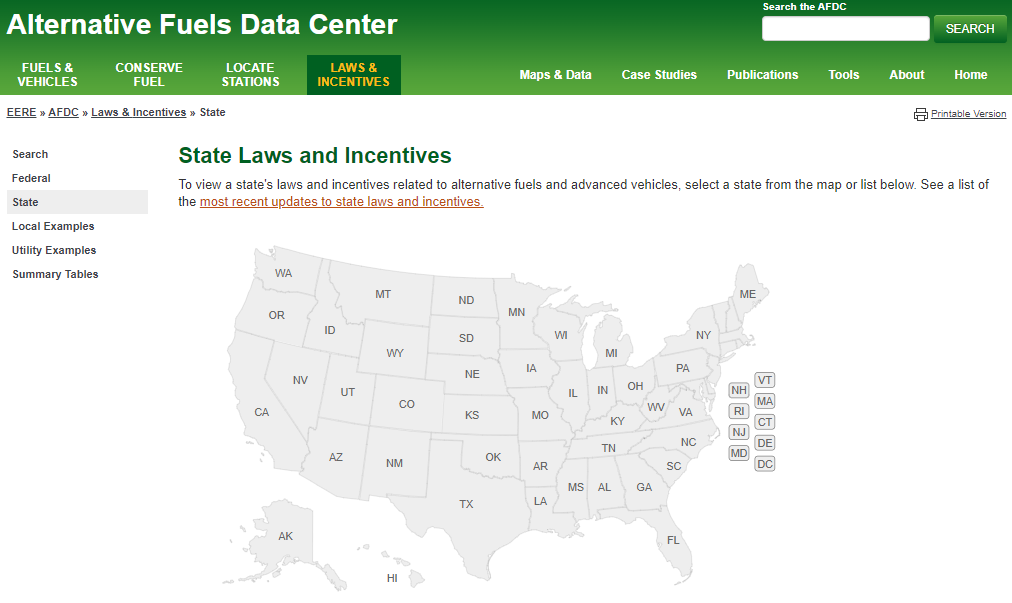

教訓:
今週、気候変動に関する政府間パネル(IPCC)の最終発表が行われる。 AR6統合報告書私たちは、各機関が抜本的な気候変動対策を講じなければならないことを理解しています。 只今.このリソースガイドが、EV充電拡張プロジェクトの出発点となることを願っています。
あなたのEV体験を 気候ツールキット・リストサーブ.海外のパートナーへ:追加すべきグローバル・リソースはありますか?お知らせください。これからの仕事には、高度に連携した取り組みが必要です。すべての機関が、総力を結集し、私たち全員が、可能な限り全力を尽くすのです。
出典
- チャージハブ 電気自動車充電ガイド
- チャージポイント 電気自動車(EV)充電インセンティブ
- フォーブス・ホイール 電気自動車充電のさまざまなレベルとは?
- 気候変動に関する政府間パネル AR6統合報告書
- 米国エネルギー省 代替燃料データセンター
- フォルクスワーゲン・ディーゼル・エミッション環境緩和トラスト ステート・トラスト






最近のコメント